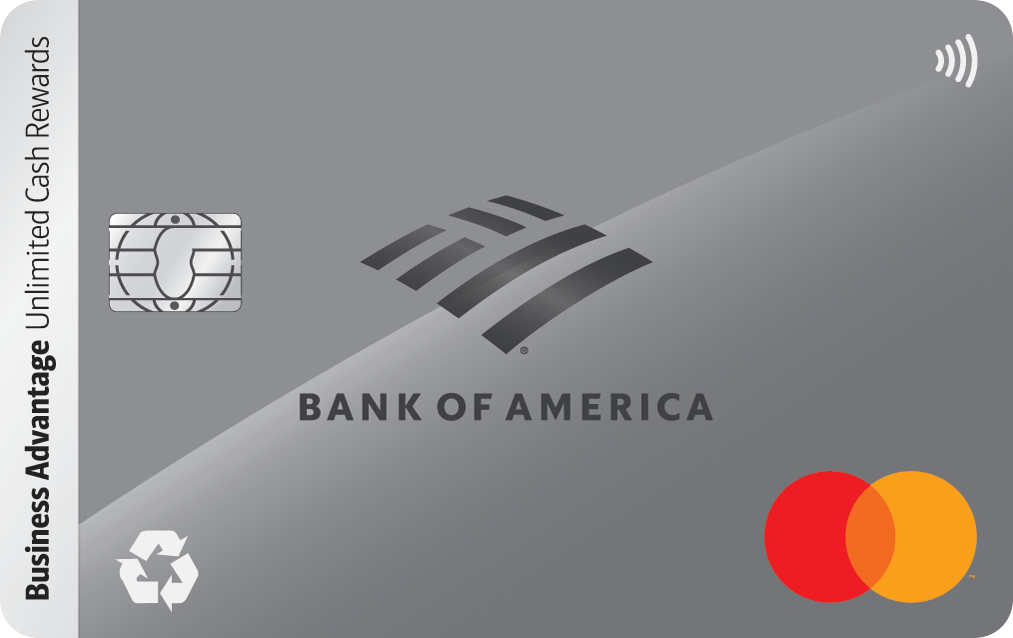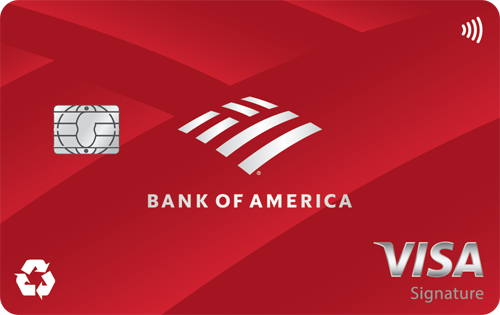Here's How You Could Save $1,000 or More in Credit Card Interest
KEY POINTS
- Balance transfer cards can allow you to pay 0% APR on existing credit card balances for 12 months or longer.
- As long as you don't rack up more debt on your balance transfer card, you could pay off your debt faster and save hundreds in interest -- or more.
- If you have a poor credit score, there may be other ways to get help paying off your debt.
The average American had $6,730 in credit card debt in 2024, according to Experian. That's a huge drain on our finances, given the high interest rates charged by credit card companies.
Americans pay over $100 billion a year in credit card interest and fees -- mostly because we don't all pay our full balance each month.
If you're struggling with credit card debt, then a balance transfer card could help you pay it off faster and save you a lot of money. Most require a good credit score (670 or higher), however.
Let's go over how balance transfer cards work, as well as some alternatives for people who don't qualify for one.
How balance transfer cards work
A balance transfer card allows you to move other credit card balances to the balance transfer card. So you owe the same amount; you just owe it to your new card issuer.
The difference is that balance transfer cards offer a 0% intro APR for a fixed period, usually 12 to 21 months. So, during that time, you won't rack up any new interest charges.
You'll pay a fee -- usually 3% to 5% of the transferred amount -- when you transfer your outstanding balance to the new card. And once the 0% APR period ends, you'll pay a more typical credit card APR (likely over 20%) on any remaining balance.
As an example, let's say:
- You have a credit card balance of $6,730 (the national average)
- Your APR is 21%
- You're paying $400 per month toward your credit card bill
If you made no new purchases on your credit card, it would take you 20 months to pay it off, and you'd pay a total of $1,311.52 in interest.
Now let's say you transferred that balance to a card, and:
- The transfer fee is 3%
- The 0% APR period is 18 months
- You continue making payments of $400 a month and not making new purchases
Your transfer fee would be $201.90, and you'd pay off your full balance in 18 months and pay $0 in interest. Altogether, you'd save $1,109.62.
Keep in mind that this strategy won't work if you keep spending on the new card. When the 0% APR period ends, you don't want to be stuck paying off high-interest debt again.
You might qualify for 0% APR for up to 21 months. Check out our list of the best balance transfer cards to find out.
What if you have bad credit?
There are some credit cards that allow people with sub-670 credit scores to transfer balances. But they don't offer generous terms like 0% APR for a year or more.
That said, you may qualify for a secured credit card that offers a lower intro APR for a shorter period, like six months. You'll have to pay a deposit in addition to the balance transfer fee, but you could still save a lot of money if you stay disciplined with your spending.
And it doesn't hurt to see if you prequalify for a balance transfer card. Prequalification does not guarantee that your credit card application will be approved. However, it gives you an idea, and it does not include a hard credit inquiry, so there's no negative effect on your credit score.
Another option is a debt consolidation loan. This is a personal loan that pays off other debts, so you only have to repay your new lender -- ideally at a lower interest rate. The rate you're offered depends partly on your credit score, so you may not get a low rate if your credit is poor. However, the APR may be lower than your credit card's, so it's worth shopping around.
Otherwise, you'll need to pay off your credit card debt the old-fashioned way: by cutting your spending and putting as much income as possible toward your credit card bills. Look for a nonprofit credit counseling service. You may be able to get free, personalized advice on how to pay off your debt ASAP.
Our Research Expert




